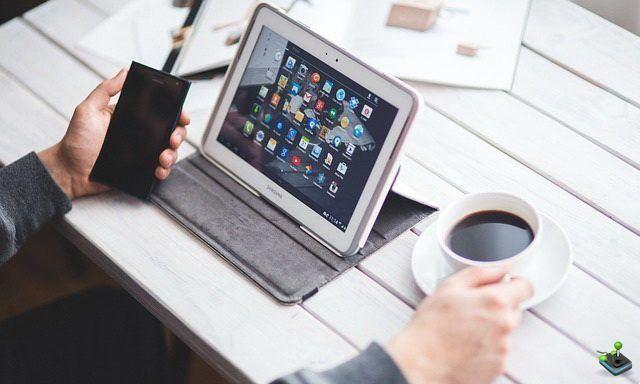With the advent of computers, there is no doubt that tasks that previously took forever have been made much simpler. And today, thanks to smartphones, it's like we have a small computer in our pocket. Of course, their usage is always worth investigating, so today we show you what is the "DPI", "minimum width" or "minimum width" on the screen of an Android mobile phone.
When we visit a web page it is essential to fully understand everything it contains, to see everything it offers us. If you want see the pages further that you visit from your smartphone, knowing the use of PPE will help you a lot to achieve it. Read on and find out how to take advantage of this option on your Android phone.
What do you mean by "PPE", "minimum width" or "minimum width"
Today there is an immense amount of content on the Internet. We can find web pages of all kinds and the truth is that they have become a vital part of our daily life. This is why it is always very practical to have a laptop or PC in our home. But what if we have to browse from our Android smartphone?
Well, surely many of us have encountered the problem that since most of the internet content is optimized for PC only, it is difficult to see all available content only on the small screen of the mobile phone.
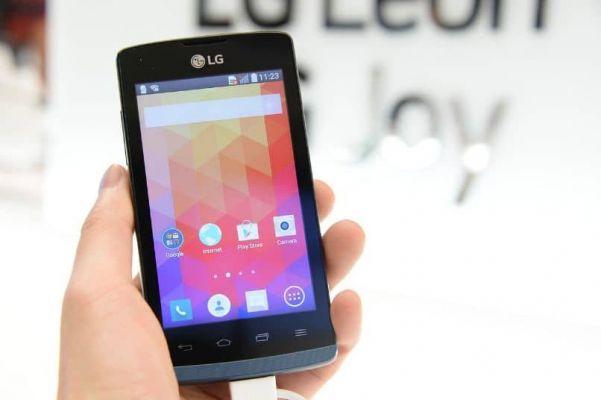
In these safe moments we want to change the font and screen size, and this is where DPI comes in. It's possible change the dots per inch of the screen, or DPI, to be able to adjust the mobile screen and thus see the content on it more fully.
We can carry out this process from the settings of our mobile phone so easy and fast. This option is called "minimum width" or "minimum width" and is very easy to recognize. We can say that it is like putting an application in full screen, but in a somewhat different way.
How to adjust 'DPI', 'minimum width' or 'minimum width'?
If your intention is to make the most of it screen of your Android mobile phone while browsing, then this is the right option for you. Of course, you have to keep in mind that it is safer and easier to perform this process from a smartphone running Android 7, although you can do it from any mobile.
To change the DPI setting, you need to enter the "minimum width" or "minimum width" option from the "Developer options" menu. Once there, you have to enter a value greater than the one already found default, i.e. 320 dp (left), 360 dp (center), 500 dp (right).
This way you will be able to see one more content on the screen, with the disadvantage that it will be smaller. Of course, you should change these values gradually, with jumps of 20 each, as a sharp jump could cause problems and even damage your smartphone.

As you will see, this is a great way to make the most of the space on our screen, as well as to enable split screen mode. Another detail you should keep in mind is that you are right to jot down or save the original DPI value, since then you will have no problem if you want to reset the screen to default values.
What to do if the 'DPI' option is on my Android phone?
If no matter how hard you search, you can't find this "minimum width" option on your phone, don't worry, it has a solution. You just have to download an application of file browsing with root permissions, such as FX File Explorer, and replace "DPI_VALUE" with the value you like and think convenient in your case.
To activate it, you just have to save changes and restart your android device in safe mode or normally. We hope that you have no problems going through this process and that you can enjoy your Android better.














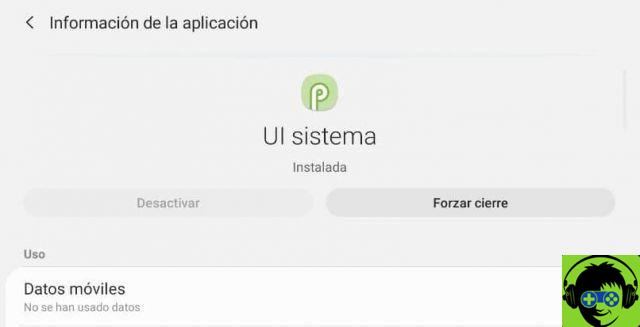
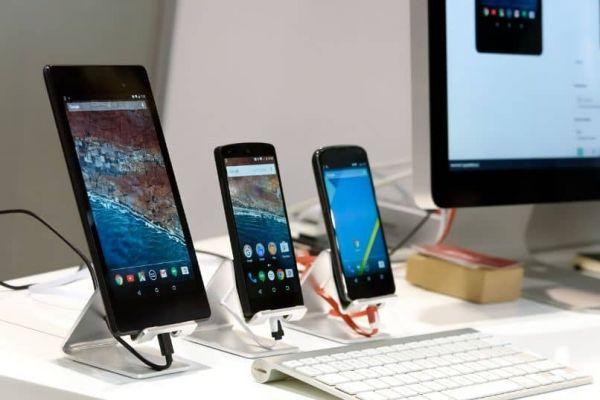

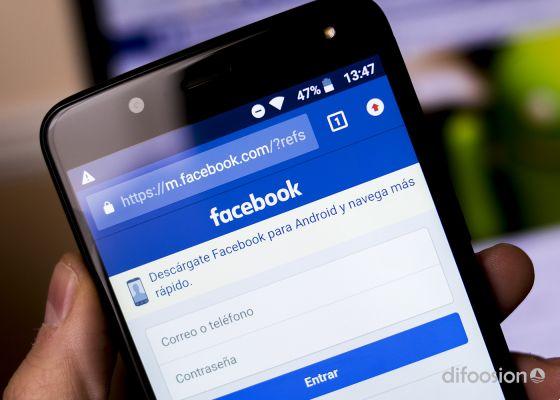
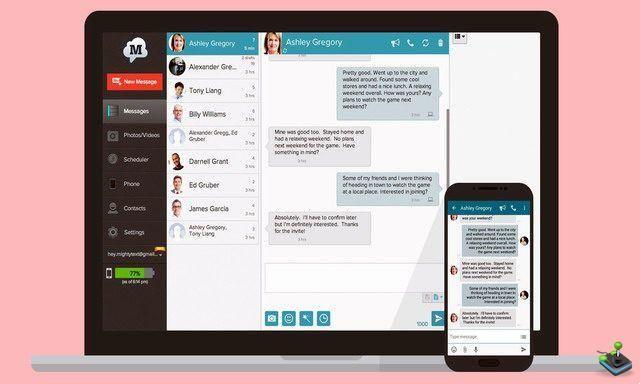

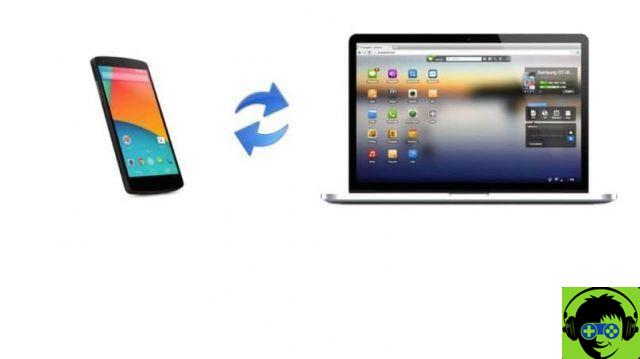
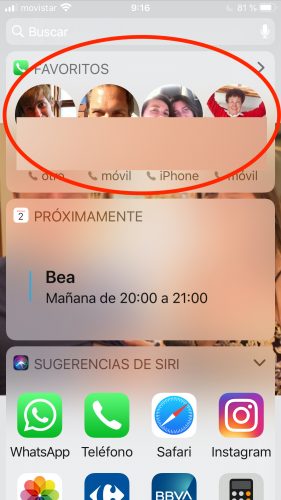

![[Review] Osmo mobile, DJI's smartphone stabilizer](/images/posts/ee8d30fe53d2d51dc86eb4e3eadeb5a9-0.jpg)
